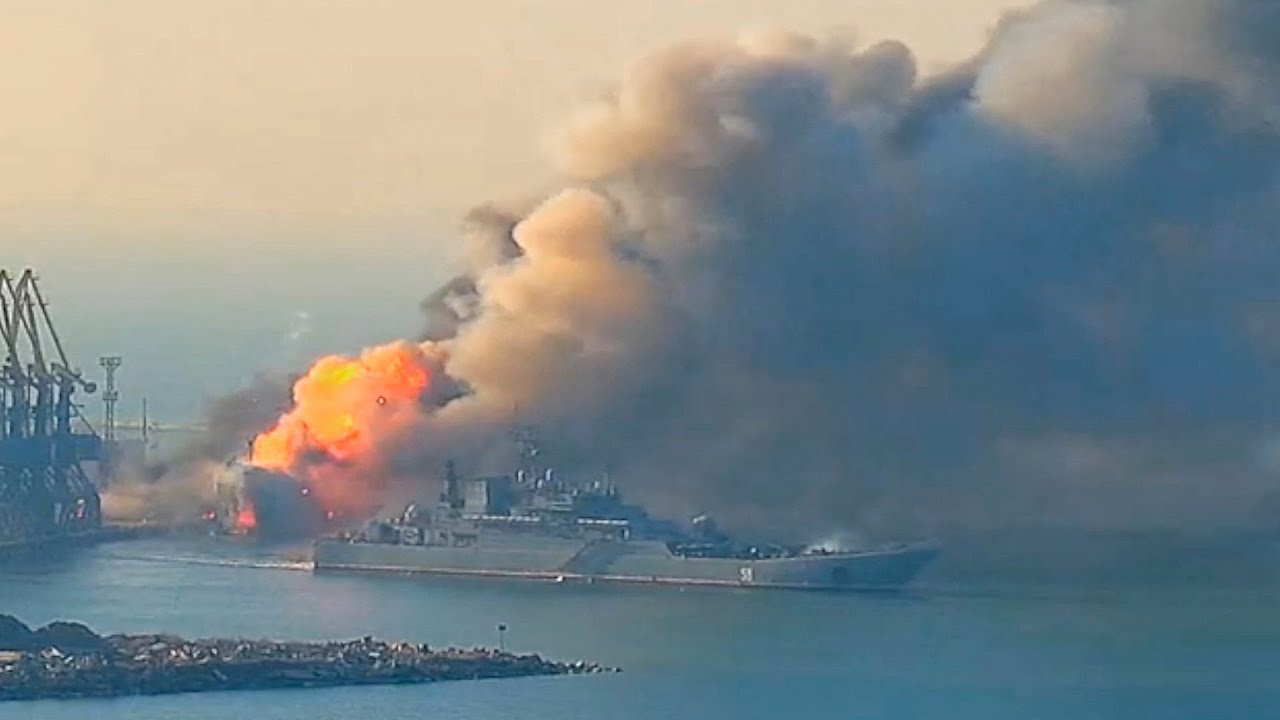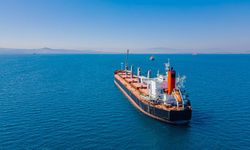Are seafarers employed in high-risk zones entitled to additional remuneration?
Within the domain of maritime law and conforming to international standards, seafarers assigned to duties in areas deemed hazardous are afforded the right to seek additional financial compensation, recognized through legal and contractual frameworks. This compensation serves as an extra financial safeguard for those operating in environments characterized by heightened risks such as piracy, political turmoil, armed conflict, and severe meteorological conditions. The allocation of such compensatory premiums is typically governed by employment and collective bargaining agreements, negotiated under the auspices of international maritime entities and labor unions.
Organizations like the International Transport Workers' Federation (ITF) are pivotal in establishing baseline safety and welfare protocols for seafarers, advocating globally for the adoption and enforcement of these benchmarks. The regulation of employment conditions within high-risk zones falls within this ambit, with compensatory rates for service in such areas adjusted based on the perceived level of threat along a vessel's route, the specific security challenges encountered, and the tenure of deployment.
In the maritime sector, the mechanism for compensating service in risk-laden zones is articulated through a supplementary wage percentage, augmenting seafarers' base salary. This percentage is calibrated against the duration of exposure to the hazardous area and the efficacy of implemented safety protocols. Moreover, entities like the ITF are instrumental in safeguarding seafarer rights by curating tailored compensation schemes for those stationed in perilous locales.
Operational conduct by ship managers and maritime firms in high-risk territories must align with international safety directives and established best practices to safeguard vessel and crew integrity, thereby mitigating potential hazards. Navigation through such territories mandates adherence to optimal management practices and the execution of comprehensive protective strategies for the crew.
To encapsulate, seafarers' eligibility for supplementary bonuses while stationed in dangerous zones is buttressed by maritime legislation and international accords, underscoring the critical nature of upholding these provisions to enhance working conditions and ensure the safety of maritime personnel during assignments in treacherous environments. The maritime industry's employers are legally mandated to disburse such additional remuneration, with the international maritime fraternity vigilantly overseeing compliance with these obligations.

What are the rights of seafarers working in hazardous areas, do seafarers have the right not to work in hazardous areas?
Seafarers' rights, especially when operating within hazardous areas, are robustly safeguarded by a suite of international laws and regulatory frameworks. These protections are articulated within instruments such as the International Safety Management (ISM) Code by the International Maritime Organization (IMO), the Maritime Labour Convention (MLC) by the International Labour Organization (ILO), and various national legislations. The overarching aim of delineating these rights is to bolster the safety and welfare of seafarers, furnishing them with augmented safeguards and compensatory mechanisms when they are deployed in conditions deemed hazardous.
Outlined below are the principal rights afforded to seafarers:
· Safe Working Conditions: A cornerstone right for seafarers is the entitlement to a secure and salubrious work environment. This encompasses the provision of adequate training, necessary safety gear, and the enforcement of safety protocols tailored to high-risk settings.
· Access to Information and Training: Seafarers are entitled to comprehensive briefings on potential dangers inherent to their roles and the protective measures instituted to mitigate such risks.
· Option to Decline Work in Hazardous Zones: A pivotal right for seafarers is the ability to opt out of assignments in locations presenting intolerable risk levels to their safety. This includes scenarios characterized by piracy threats, severe meteorological phenomena, or geopolitical instability.
· Entitlement to Additional Remuneration: For duties performed under risky conditions, seafarers may qualify for extra financial benefits. This supplementary compensation encompasses bonuses and additional payouts in the event of death or disability, awarded atop the basic remuneration.
· Guaranteed Repatriation: In instances where seafarers elect not to proceed with assignments in dangerous areas, they are guaranteed the right to be repatriated to their home nation at the employer's expense.
The actualization of these rights is contingent upon the regulatory landscape of the ship's flag state, the employing entity's internal policies, and the stipulations of international accords. The MLC, for instance, mandates shipowners and operators to adopt all requisite measures to safeguard crew health and safety. In the context of navigating risk-laden zones, advisories issued by entities like the International Maritime Bureau (IMB) are instrumental in guiding ship operators' safety strategizing.
The entitlements of seafarers to work in perilous environments are buttressed by an array of international and domestic regulations, designed with the intent of preserving their safety and well-being. These entitlements encapsulate the right to secure working conditions, the discretion to refuse assignments in hazardous locales, and the provision for additional compensation when operating under such conditions. The effective enjoyment of these rights by seafarers necessitates the adherence of employers and ship operators to their corresponding legal and contractual duties.

What are the carrier's and shipper's responsibilities in the event of detention and kidnapping in war and conflict zones?
In the context of detention and abduction within war and conflict zones, both the carrier and the shipper (consignee) face distinct but interrelated responsibilities, governed by a combination of international laws, national regulations, and the specific terms laid out in their transport agreements. These obligations are crafted to navigate the intricate legal and moral challenges that arise under such perilous circumstances, emphasizing the paramount importance of safety, legal compliance, and ethical conduct.
Responsibilities of the Carrier:
· Safety Measures: The carrier is primarily responsible for the safety of the crew and passengers. This duty involves proactively identifying and mitigating risks associated with traversing dangerous regions. In the event of an incident such as detention or hijacking, the carrier is obligated to promptly alert relevant authorities and collaborate fully to expedite a resolution.
· Emergency Preparedness: Carriers are required to establish, maintain, and regularly review emergency response and evacuation procedures to ensure readiness in the face of unforeseen incidents.
· Adherence to International Law: Carriers must operate in strict compliance with the Geneva Conventions and other pertinent international legal frameworks that govern conduct in conflict situations.
Responsibilities of the Shipper:
· Risk Assessment and Disclosure: Shippers bear the responsibility of assessing potential dangers related to their consignments and must inform the carrier of any identified risks prior to transport, especially when the destination or transit routes involve conflict-affected zones.
· Regulatory Compliance: It is Disclosure upon shippers to ensure that their shipments conform to all applicable export and import regulations, including prohibitions and restrictions on transporting weapons and other sensitive commodities into conflict areas.
· Insurance Coverage: Securing comprehensive insurance coverage is crucial for shippers dispatching goods to or through conflict zones. Such policies not only safeguard the shipment's value but also mitigate financial risks associated with loss or damage under such volatile conditions.
Shared Responsibilities:
· Effective Communication: Both carriers and shippers are expected to facilitate open and efficient lines of communication, particularly in crisis situations, to enable coordinated response efforts.
· Legal Awareness: A thorough understanding of their respective legal rights and obligations—under both international law and the laws of countries involved in the conflict—is essential for both parties to navigate the complexities of transport in war and conflict zones effectively.
The intricate dynamics of detention and abduction incidents in conflict areas necessitate a comprehensive and collaborative approach by carriers and shippers alike. By adhering to established international norms and best practices, both parties can ensure that they not only fulfill their legal duties but also uphold the highest standards of safety and ethical responsibility for their personnel, cargoes, and broader societal impacts.
What are the most common legal issues you encounter in war and similar conflict situations?
In war and similar conflict situations, the law of the sea and international law encounter a variety of complex legal issues that touch upon the rights, responsibilities, and security of both states and individuals. These issues are critical in managing international relations and ensuring the rule of law under challenging circumstances.
Below are some of the most common legal challenges:
· Rights and Responsibilities of Neutral States: One of the key areas of concern involves the rights and obligations of neutral states in relation to belligerent nations. Issues such as the provision of supplies, repairs of warships in neutral ports, and the use of neutral territory for military activities are significant. The challenge lies in balancing the neutrality laws with the pressures from warring states.
· Sea Blockades: Naval blockades are a traditional method used by belligerent states to restrict access to enemy ports and prevent the flow of goods. The legality of such blockades, their enforcement, and impact on neutral shipping are contentious issues, with specific rules governing their declaration and implementation to minimize harm to neutral commerce.
· Law of War and Naval Battles: The conduct of naval engagements and the treatment of civilian vessels and crews are governed by the law of armed conflict. Key issues include the protection of non-combatant ships, the rights of prisoners of war, and the identification and engagement of legitimate military targets to avoid civilian casualties.
· Ship Hijacking and Piracy: Increased instances of hijacking and piracy are often witnessed in regions experiencing conflict. These acts not only threaten maritime security but also international trade, prompting the need for coordinated legal and military responses to protect shipping lanes and ensure the safety of vessels.
· Refugees and Migrants at Sea: Armed conflicts and civil unrest can lead to significant movements of refugees and migrants across seas, raising critical issues related to rescue operations, the principle of non-refoulement, and the rights to asylum and international protection for those fleeing danger.
· Environmental Damage: Warfare can result in significant harm to the marine environment, including oil spills, destruction of marine habitats, and pollution. International law addresses these concerns through regulations that aim to prevent environmental damage and hold parties accountable for restoration and compensation.
· Compensation Claims and War Reparations: Post-conflict, the issue of compensation for damages caused during hostilities is a common legal challenge. The process of claiming reparations and the negotiation of peace settlements often involve complex legal arguments and international arbitration to address the grievances of affected parties.
These legal issues reflect the dynamic interplay between international law, state sovereignty, and human rights in times of conflict. The evolving nature of warfare, including the advent of new technologies and asymmetric warfare tactics, continuously shapes the legal landscape, requiring constant adaptation and reaffirmation of international legal principles to address these challenges effectively.






